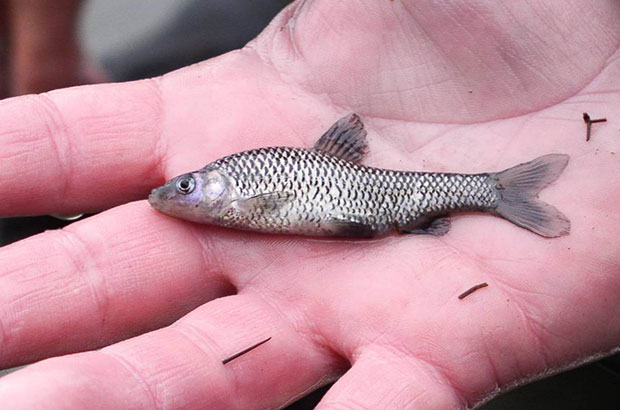Molluscan shellfish diseases and how to prevent the spread

Below is the background to the molluscan diseases that the Cefas Fish Health Inspectorate (FHI) regulated in 2014.

Below is the background to the molluscan diseases that the Cefas Fish Health Inspectorate (FHI) regulated in 2014.

Intertidal areas, such as estuaries, can be both important fisheries and key habitats for wildlife. During winter months, large flocks of wading birds (Order: Charadriiformes) gather to feed within estuaries.

The Environment Agency (EA) National Fisheries Services are leading the way in the UK developing tools and techniques to contain, control and eradicate high risk invasive non-native fish species The topmouth gudgeon Pseudorasbora parva, is a small non-native coarse fish …

Marine non-indigenous species (NIS) impact wild and farmed shellfish, as they are species which have been introduced into locations outside their natural range.

It was January and therefore traditionally the time for a survey of fish stocks around the island of South Georgia, in the Southern Ocean.

Since our last post, our scientists have been busy with outreach activity. On 24 February, our “All about that bass” presentation was delivered to a packed house of fishers and other stakeholders at the Seafood Cornwall Training Hub in Newlyn.

In C-Bass, we are working closely with our French colleagues at Ifremer, who are running a parallel bass research programme called “BARGIP” (“bar” is French for “bass”).

Earlier this year, our first C-Bass Blog described the background and general aims of C-Bass - “Population studies in support of the Conservation of the European sea bass”.

For the third consecutive year, the multidisciplinary pelagic survey of the Western English Channel, Isles of Scilly and the Bristol Channel has started.

The Centre for Environment, Fisheries and Aquaculture Science (Cefas) is one of the world’s longest-established marine research organisations.